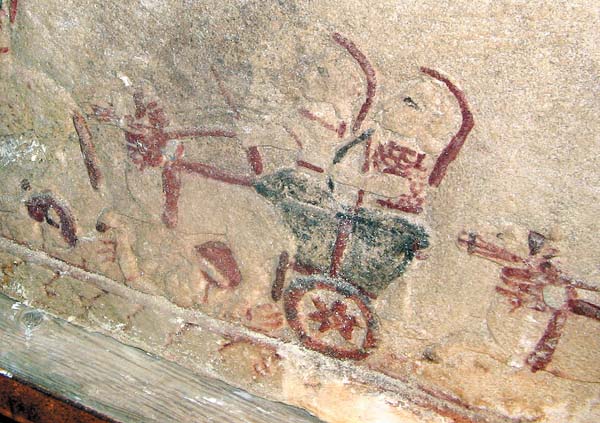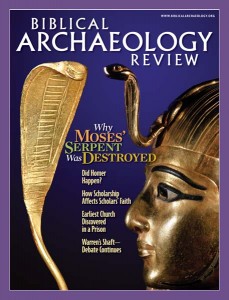Strata: Greek Epics Depicted on Cypriot Sarcophagus

Homer has turned up in a Cyprus tomb—or rather, some scenes from his poems have. Painted in red, black and blue on a white background, illustrations of the Iliad and the Odyssey were found on a stone sarcophagus discovered by accident in a tomb in the coastal Paphos region of western Cyprus.
One of the scenes depicts a battle from the Iliad between the Greeks and Trojans, while another shows a chariot and two warriors. In another large painting, Odysseus and his men hide under a flock of sheep in order to escape from Polyphemos the Cyclops, as described in the Odyssey.
Unlike other Cypriot sarcophagi that have been discovered in the past, the paintings on this latest discovery are very well preserved and are a unique example of decorative art.
The coffin dates to approximately 500 B.C.E. and shows the extent of Greek cultural influence in the sixth-century Mediterranean world. Archaeologists believe that the Homeric scenes indicate that the person buried in the coffin may himself have been a warrior who was inspired by the great tales of Odysseus.—D.D.R.
Already a library member? Log in here.
Institution user? Log in with your IP address.

